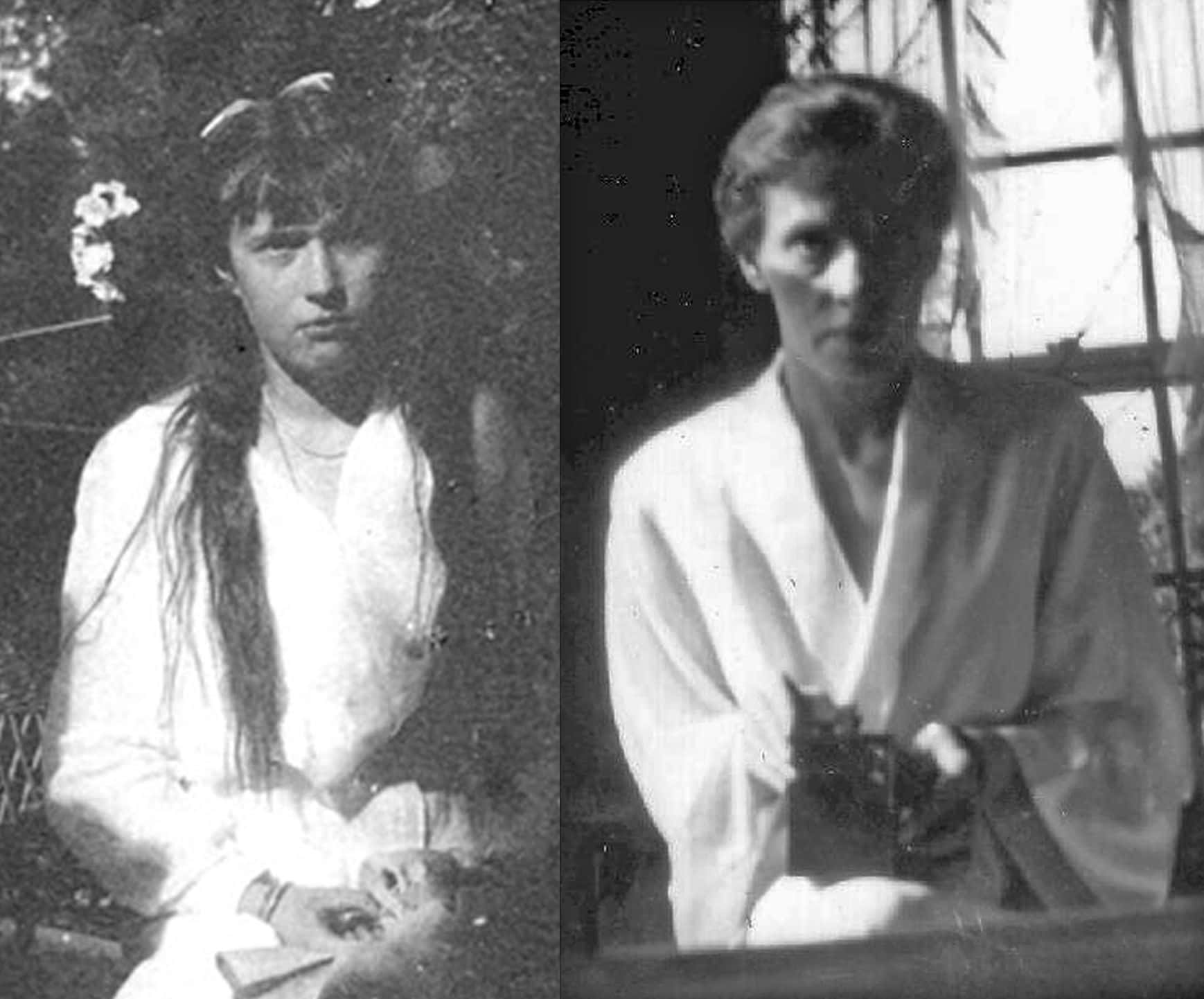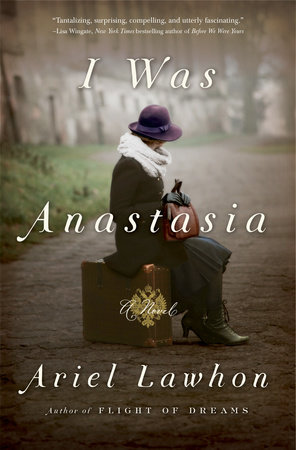Personally, I feel that the scientists and scholars who pinned the identity of "Anna Anderson" upon Franziska Schanzkowska should apologize to the Kashubian peasants of the world. "Anna," whose legal name became Anastasia Manahan, or "Mrs. Manahan" as she preferred to be called, not only had a borderline personality but she did not even know how to bury a dead cat. Or a dead dog, for that matter. Every house she ever owned was condemned as a public health hazard because of the animal mess, inside and out, not to mention the way she allowed her gardens to become overgrown. Not only was she formally rejected by the Romanov clan but most of the Schanzkowski clan wanted nothing to do with her either. Furthermore, Mrs. Manahan was evicted from the country club in Charlottesville, Virginia, which in some people's minds is a greater shame than not being a Romanov. In the end, she married the one person in the world as thoroughly pixillated herself, Professor John Manahan of Charlottesville, the scion of several old and respected Virginia families. In spite of his connections, John was asked to leave the country club, too.
Ariel Lawhon's riveting novel begins with "Anna" and John in Charlottesville in the 1970's, awaiting the outcome of her forty-year lawsuit in which she claimed the identity of the Grand Duchess Anastasia of Russia. The narrative then begins to move backwards, years and months at a time. Woven into Anna's story are flashbacks to the life of the Grand Duchess Anastasia, told in first person narrative, beginning with the abdication of Tsar Nicholas in March 1917. With horror, grief and rage, the teenage Anastasia witnesses the humiliation of her parents and siblings, the separation from their home and friends, and the descent into exile, imprisonment and degradation. As Anna's tale moves back in time, Anastasia's moves forward; both stories spiral inexorably towards the fateful summer of 1918.
From Book Page:
Ariel Lawhon’s two previous historical novels delved into the Jazz Age in New York City (The Wife, the Maid, and the Mistress) and the final flight of the Hindenburg in 1937 (Flight of Dreams). In her latest, she imagines the last months of Russia’s royal Romanov family—Czar Nicholas II; his wife, Empress Alexandra; their four daughters, Olga, Tatiana, Maria and Anastasia; and their son, Alexey—following the Bolshevik Revolution of 1917.Lawhon left out many crucial parts of the real Anna's story, such as her friendship with Harriet von Rathlef, the testimony of the court handwriting experts, the recognition of Felix Dassel, who was the body guard of the younger Grand Duchesses. The recognitions by the some Romanov family members, such as Grand Duke Andrei Vladimirovich, and of former Romanov family retainers, such as Lili Dehn, are also omitted. This is not meant to be a criticism of the novel, just an observation. The novel flows so smoothly and the author surely had to make some hard decisions to make it work as magnificently as it does. I just want to make the point that it was not mere wishful thinking that made a case for Anna; there were valid reasons, which the DNA evidence has since rendered null and void. Nevertheless, it remains a fact that Mrs. Manahan was recognized as being the long lost Grand Duchess by several Romanov relatives, retainers and family friends. There was also some forensic evidence in support of her claim, such as having the same congenital foot defect (hallux valgus) as the Grand Duchess, as well as anthropological studies and the testimony of handwriting experts.
Lawhon focuses on Anastasia, the youngest daughter, illuminating those harrowing months in late 1917 and 1918, beginning when the imperial palace is taken over by the revolutionary army. The family is put under house arrest, limited to the few rooms not occupied by soldiers, and their activities are closely monitored. Lawhon recounts their haunting journey east into Siberia by train, when the girls, including Anastasia, are raped. The family is housed in an abandoned army barracks in the “godforsaken outpost” of Tobolsk. Their lives become even more unbearable when the Red Guard takes command, their mission to cruelly punish the family for their former excessive lifestyle. From Tobolsk they are sent further east to the town of Ekaterinburg, where, in July 1918, the whole family is executed by firing squad.
Or—did Anastasia somehow miraculously escape the massacre? Threaded in and out of the chapters recounting the last days of Anastasia and her family is the story of a young woman who, two years later, is pulled from a canal in Berlin and claims to be Anastasia Romanov. She has scars that could be from bullet wounds, and she bears a remarkable resemblance to the young Romanov duchess. Those who refuse to believe her story give her the name Anna Anderson and see her merely as a fortune seeker. Lawhon’s extensive research traces Anna’s steps backward from 1970, when a Hamburg court determines that her claim is “not proven.” In the years leading up to this moment, she is institutionalized, interviewed by Anastasia’s family and contemporaries, and romanticized in plays and movies. (Read more.)
Gleb Botkin, the son of Dr. Botkin, who was murdered with the Imperial family in 1918, is a major character in both the narratives. Gleb was friends with the Grand Duchess and with the woman who claimed to be her. It makes for a genuinely fascinating conundrum. The ending is inescapably tragic; we know it as we rush towards it, all the while hoping that somehow Anastasia will escape. The author brilliantly leads us to that moment of hope, before making it all clear.
More HERE, HERE and HERE.
 |
| Her Imperial Highness Grand Duchess Anastasia Nikolaevna |
 | ||
| Anastasia Tchaikovsky Manahan, alias Anna Anderson |
 |
| The real Grand Duchess Anastasia and "Anna" |



















No comments:
Post a Comment